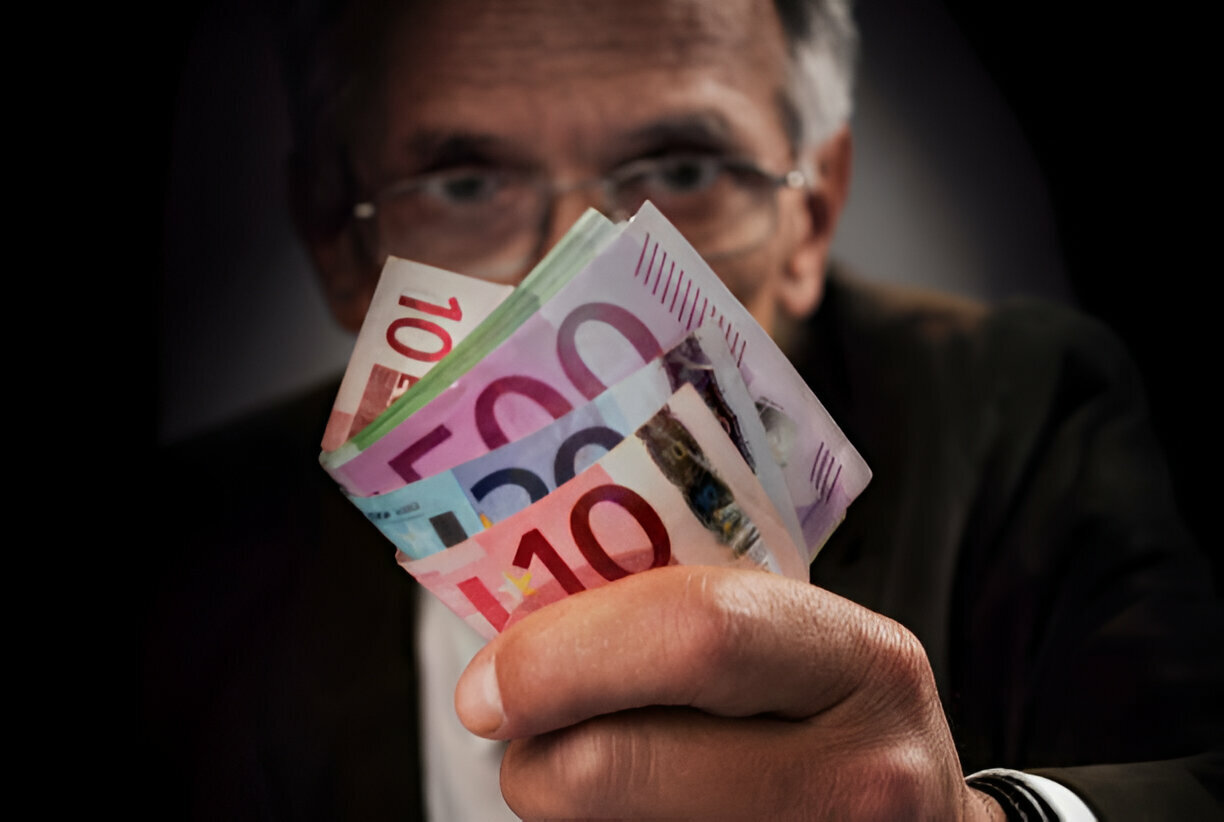
Traveling through Europe can be a magical experience filled with culture, cuisine, and iconic landmarks. But amid all that excitement, many travelers overlook a very real danger: currency exchange scams . These scams are more common than you might think, especially in tourist-heavy cities. From misleading currency exchange signs to shady exchange offices, scammers have perfected the art of preying on those unfamiliar with the local monetary system. This guide will help you identify these pitfalls and give you practical tips to protect your money and make the most of your trip.
Europa atrae a millones de turistas cada año, y esa popularidad la convierte en el lugar ideal para los estafadores. Las calles llenas, los mercados concurridos y los centros de transporte son terrenos perfectos para quienes buscan aprovecharse de viajeros distraídos o confundidos. Estas estafas se dan porque los turistas suelen enfrentarse a nuevas monedas, diferentes idiomas y prácticas bancarias desconocidas. Los estafadores lo saben y crean esquemas que se aprovechan de esa falta de conocimiento. Desde París hasta Praga, muchos viajeros han sido engañados por errores simples o por confiar en la casa de cambio equivocada. Y lo peor es que estas estafas muchas veces no se consideran ilegales, ya que se esconden detrás de tecnicismos o letras pequeñas.
No siempre es fácil identificar una casa de cambio fraudulenta, especialmente cuando todo parece oficial a simple vista. Sin embargo, hay ciertos patrones que puedes aprender a reconocer. Muchos de estos lugares usan estrategias diseñadas para engañar. Por ejemplo, muestran tasas de cambio altas y atractivas en letras grandes, pero esconden comisiones o condiciones en letras pequeñas o en otro idioma. También es común que usen carteles confusos o que no expliquen bien si están mostrando la tasa de compra o de venta. En muchos casos, el personal detrás del mostrador se muestra impaciente o te apresura para que completes la transacción sin hacer preguntas. Si algo no te da buena espina o parece demasiado bueno para ser verdad, lo más seguro es que lo sea. Tómate tu tiempo y no tengas miedo de irte si no estás seguro.
Los letreros de cambio también se usan para confundir a los turistas. La forma en que se presentan las tasas puede ser engañosa, especialmente si estás apurado. Uno de los trucos más comunes es mostrar dos tasas, una de compra y otra de venta, sin dejar claro cuál se aplica a tu caso. Muchos turistas se fijan solo en la más alta sin darse cuenta de que no es la que les corresponde. Otras veces, se muestran tasas favorables en letras grandes, pero en realidad solo aplican si cambias grandes sumas de dinero. También es común que las casas de cambio usen monedas extranjeras como el dólar en vez de euros, lo que complica aún más los cálculos. Todo esto está diseñado para aprovechar la confusión. Por eso, siempre conviene revisar el tipo de cambio actual antes de hacer cualquier transacción.
Some European cities have a worse reputation than others when it comes to currency exchange scams. In Paris, for example, the areas near the Eiffel Tower or Montmartre are full of stalls and shops that appear legitimate but engage in deceptive practices. In Rome, Termini Station is notorious for its terrible rates and hidden fees. Many tourists exchange money without receiving a receipt or counting the change. In Barcelona, areas like Las Ramblas or the Gothic Quarter are full of eye-catching signs promising good rates but ultimately applying unfair conditions. What all these cities have in common is that the most accessible locations—such as those near the airport or train stations—are often the riskiest. It’s always best to ask your hotel or other experienced travelers for recommendations.
If you need to exchange money during your trip, there are safe ways to do so. One of the best options is to use ATMs inside official banks, as they are more reliable than those found on the street. Although they charge a small fee, they usually offer better rates than dubious exchange offices. You can also turn to reputable services like Western Union or Travelex, which offer transparency and receipts. Before exchanging money, check the real-time rates with apps like XE or Wise, so you have a clear reference. Always ask to know how much you will receive in your currency, including all fees. If the ATM doesn’t want to tell you or gives you an evasive answer, it’s best not to continue. You can also consider using debit or credit cards with no foreign transaction fees, which reduces the need for cash. And if you must exchange money at the airport, do so only in emergencies and exchange only enough to get you through.
Traveling is a unique experience that should be filled with discovery, culture, and unforgettable moments. But falling for a scam can ruin even the best of trips. Luckily, being informed and acting with caution is all you need to stay safe. Don’t be rushed, question conditions, compare rates, and never feel pressured to make a transaction without fully understanding it. Exchanging money doesn’t have to be a risk. With these tips, you can move around Europe with confidence and make the most of every euro. Because in the end, every coin well spent is another story worth telling.